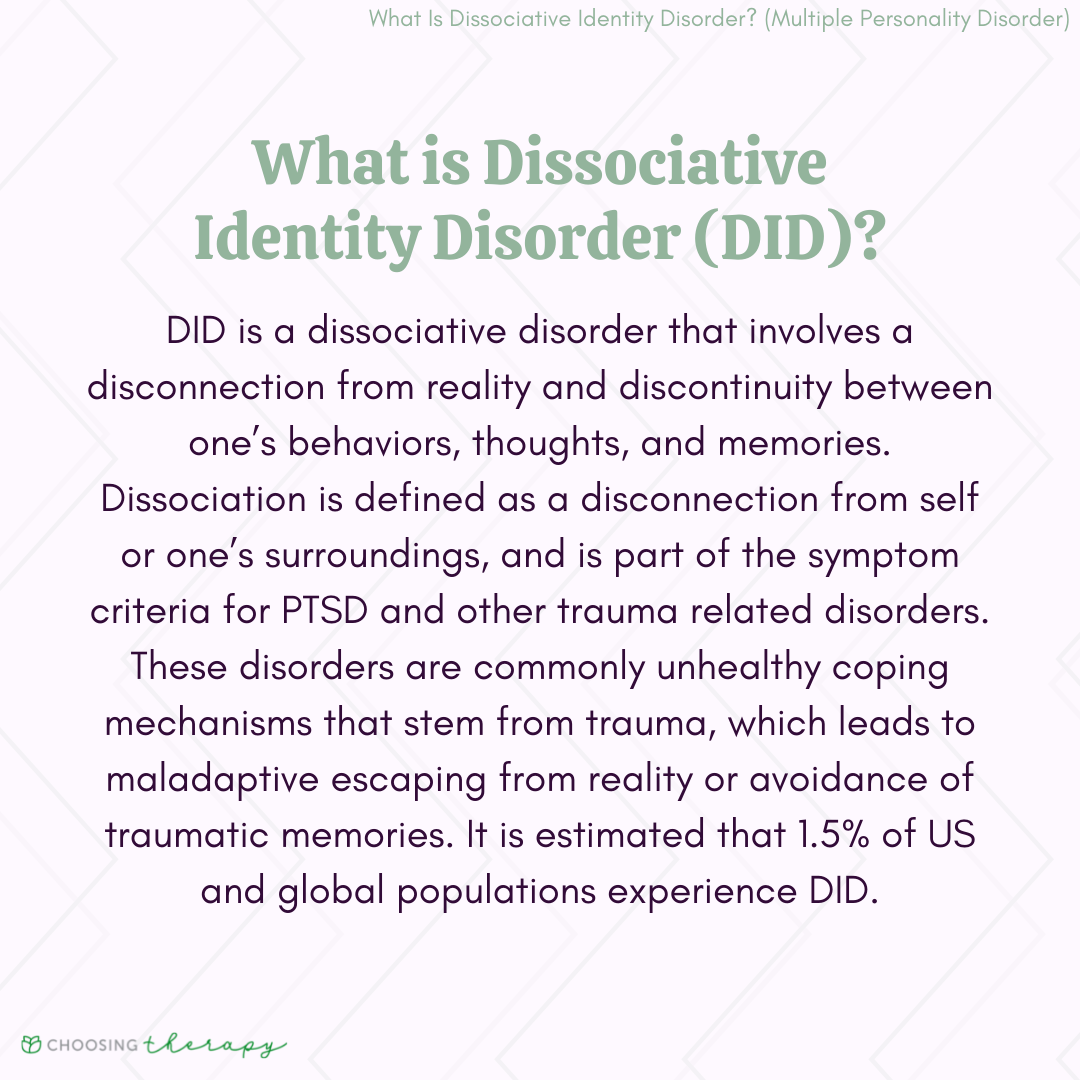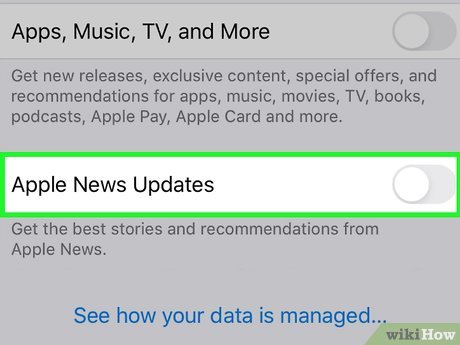Blockchain Privacy: How User Identities Are Protected on Public Networks
Understand the privacy paradox in blockchain technology
Blockchain technology present a fascinating paradox: it’s simultaneously transparent and privacy preserving. While all transactions on public blockchains like bitcoin and Ethereum are visible to anyone with internet access, user identities can remain protect through various mechanisms. This balance between transparency and privacy is one of blockchain’s virtually remarkable features.

Source: vitalflux.com
At its core, a blockchain is a distribute ledger that record transactions across many computers. Every transaction is visible, but the real identities behind those transactions aren’t inevitably expose. This creates a form of transparency that differ basically from traditional financial systems where transactions are privat, butt institutions know your identity.
Pseudonym: the first layer of privacy protection
The primary way blockchain protect user identities is through pseudonym. Unlike traditional banking systems that require extensive personal information, blockchain networks typically identify users through cryptographic addresses quite than personal details.
For example, on the bitcoin network, users operate with wallet addresses long strings of alphanumeric characters that serve as pseudonyms. These addresses aren’t straightaway link to personal identities, allow users to transact without reveal who they’re in the real world.
A user can create multiple addresses without provide any identify information. This address generation happen through cryptographic processes on the user’s device, with no central authority involve in identity verification. This mean you can participate in blockchain networks without e’er reveal your name, location, or other personal details.
The limitations of pseudonym
While pseudonym provide a basic level of privacy, it’s not perfect. Blockchain analysis techniques can sometimes link multiple addresses to the same user by examine transaction patterns. Additionally, if a user always conconnectseir blockchain address to their real identity ( (r example, by use it to receive payment from a know source ),)hat connection might be dbe discoveredough chain analysis.
This is why much privacy conscious blockchain users employ additional techniques to enhance their anonymity beyond simple pseudonym.
Advanced privacy techniques in blockchain
Mixing services and conjoins
To far obscure the connection between transactions, users can employ mix services or conjoins. These methods combine multiple users’ transactions into a single transaction with multiple inputs and outputs, make it difficult to determine which output address belong to which input address.
Imagine several people put their coins into a pot, mix them up, and so withdraw different coins. An observer would struggle to determine whose coins go where. This is the principle behind mix services, though modern implementations use sophisticated cryptography quite than physical mixing.
Protocols like wasabi wallet and join market implementconjoinn techniques for bitcoin, while other blockchains have their own mixing solutions. These tools help break the transaction graph, make blockchain analysis importantly more challenging.
Ring signatures
Some privacy focus cryptocurrencies like Montero use ring signatures. This cryptographic techniqueallowsw a user to sign a transaction on behalf of a group, make it impossible to determine which group member really create the signature.
In practice, when you make a Montero transaction, the system mechanicallymixesx your transaction with others, create a group of possible senders. Outside observers can solely tell that someone from the group send funds, but not specifically who.
Ring signatures provide a significant privacy advantage over basic pseudonym because they obscure the transaction graph itself, not exactly the connection to real world identities.
Stealth addresses
Stealth addresses generate one time addresses for each transaction, ensure that multiple payments to the same recipient can’t be llinkedunitedly on the blockchain. The recipient can identify payments send to their stealth address, but outside observers can not connect these payments to a single entity.
This technology is peculiarly valuable for businesses or individuals who need to receive multiple payments while maintain privacy. Without stealth addresses, receive multiple payments to the same address would create an obvious pattern that could compromise privacy.
Zero knowledge proofs
Peradventure the well-nigh powerful privacy technology in the blockchain space is zero knowledge proofs (zzaps) These cryptographic methods allow one party to prove to another that a statement is true without reveal any additional information beyond the validity of the statement itself.
In blockchain applications, zaps enable users to verify transactions without disclose addresses, amounts, or other sensitive data. Cash pioneer the use of a specific type of zero knowledge proof call zOKsnarks ((ero knowledge succinct nonon-interactiverguments of knowledge ))o enable full private transactions.

Source: solulab.com
With cash’s shielded transactions, the blockchain notwithstanding confirm that transactions are valid — no double spending occurs and all accounting balances — but the addresses and amounts involve remain encrypted and private.
Privacy coins: blockchain networks build for anonymity
While bitcoin and Ethereum offer pseudonym by default, several blockchain projects make privacy their central focus. These ” ” vacy coins ” i” ement various combinations of the techniques mention supra to provide enhanced anonymity.
Montero( Mr )
Montero is peradventure the nigh wellspring know privacy coin. Itusese a combination of ring signatures, stealth addresses, anring ct( ( ring confidential transactio) ) to hide the sender, receiver, and amount of each transaction. Unlike bitcoin, where privacy features are optionaladd-onss,Monteroo build privacy into the protocol level, make all transactions private by default.
This comprehensive approach to privacy make Montero peculiarly resistant to chain analysis. Eve as analysis techniques have advance,Monteroo’s privacy protections havevolvedve to maintain strong anonymity guarantees.
Cash ((eDEC)
Cash offer both transparent and shielded transactions. Shielded transactions use zOKsnarks to encrypt transaction details on the blockchain while hush allow verification. Users can choose whether to reveal transaction information to specific parties through the use of view keys.
This flexibility make cash suitable for users who need selective disclosure — for example, share transaction details with auditors or tax authorities while keep them private from the gpublic
Dash
Dash implement a feature call private send, which is fundamentally a build in mix service. Itusese a decentralized mixer base oconjoinin to break the connection between inputs and outputs. While not as comprehensive asMonteroo’s privacy features, dash offer a significant privacy improvement over totally transparent blockchains.
Layer 2 privacy solutions
Beyond privacy focus blockchains, various layer 2 solutions are being developed to add privacy features to exist networks likEthereumum.
Tornado cash and similar protocols
Tornado cash is an Ethereum base privacy solution that allow users to deposit ETH or ERC 20 tokens into a smart contract and so withdraw them to a different address, break the on chain link between source and destination addresses.
It works as a zero knowledge proof system where the user deposit funds into a pool and receive a cryptographic note. Subsequently, they can use this note to withdraw the same amount to any address without reveal the connection between deposit and withdrawal.
Secret network
Secret network add privacy to smart contracts themselves. It enable” secret contracts” that can process encrypt inputs and outputs while keep the data private, eve from the nodes that process the transactions. This aallowsfor privacy preserve decentralized applications beyond equitable private transactions.
The balance between privacy and compliance
While strong privacy protections are valuable for legitimate users, they besides create challenges for regulatory compliance and law enforcement. This tension has lead to ongoing debates about the appropriate balance between privacy and oversight in blockchain systems.
Selective disclosure
Many privacy solutions are move toward selective disclosure models, where users can choose to reveal transaction details to specific parties. For example, cash’s view keys allow users to grant visibility into their transactions for auditing or compliance purposes.
This approach attempt to preserve privacy as the default while enable compliance where necessary. It put control in the hands of users kinda than make all data public or all data private.
Regulatory approaches
Regulators worldwide are ddevelopedframeworks to address privacy in blockchain systems. Some jurisdictions haveimplementedt or propose requirements for exchanges to collect identity information from use( KYC) ) and monitor transactions for suspicious activity( AML).
These requirements typically apply at the points where cryptocurrency interfaces with traditional financial systems preferably than attempt to regulate the underlie blockchain protocols themselves.
Future directions in blockchain privacy
Privacy technology in the blockchain space continue to evolve apace. Several promising developments may shape the future of identity protection on public blockchains.
Advances in zero knowledge technology
Zero knowledge proofs are become more efficient and versatile. Newer systems like OK stars offer similar privacy benefits to zOKsnarks but without require a trust setup. Meantime, recursive zero knowledge proofs allow for more complex privacy preserve applications.
These advances may finally make strong privacy the default across many blockchain systems, instead than a specialized feature of privacy focus networks.
Confidential smart contracts
The next frontier in blockchain privacy is confidential computation — smart contracts that can process private data without reveal it. Projects like secret network, oasis network, and fall network are pioneer this approach.
Confidential smart contracts could enable privacy preserve versions of defibrillator applications, identity systems, and other complex blockchain use cases that presently require expose data on chain.
Decentralized identity solutions
Blockchain base decentralized identity systems aim to give users control over their personal information while placid enable verification when needed. These systems typically use zero knowledge proofs to allow users to prove attributes about themselve(( like age or locatio)) without reveal the underlie data.
As these systems mature, they may provide a more nuanced approach to identity on blockchains — neither full anonymous nor full transparent, but selectively disclose information base on context and user consent.
Practical privacy considerations for blockchain users
For individuals concern about privacy while use blockchain networks, several best practices can help protect identity:
- Use different addresses for different transactions to avoid link activities
- Consider privacy focus wallets that implement conjoin or similar technologies
- Be aware that exchange withdrawals and deposits can link your identity to blockchain addresses
- For maximum privacy, use privacy focus blockchains like Montero orcashh’s shielded transactions
- Remember that privacy exist on a spectrum — consider what level of privacy you need for specific use cases
Conclusion
While blockchain technology make transaction data public by design, it besides offer sophisticated mechanisms to protect user identities. From basic pseudonym to advanced cryptographic techniques like zero knowledge proofs, these privacy preserve features allow users to maintain control over their personal information while participate in decentralized networks.
The balance between transparency and privacy in blockchain systems continue to evolve as technology advances and regulatory frameworks develop. This ongoing evolution reflect the fundamental importance of both properties in create financial and digital systems that are simultaneously trustworthy and respectful of individual privacy.
As blockchain technology matures, we’re likely to see progressively sophisticated approaches to privacy that preserve the benefits of decentralization and public verification while offer users greater control over their digital identities and personal information.
MORE FROM oncecoupon.com













